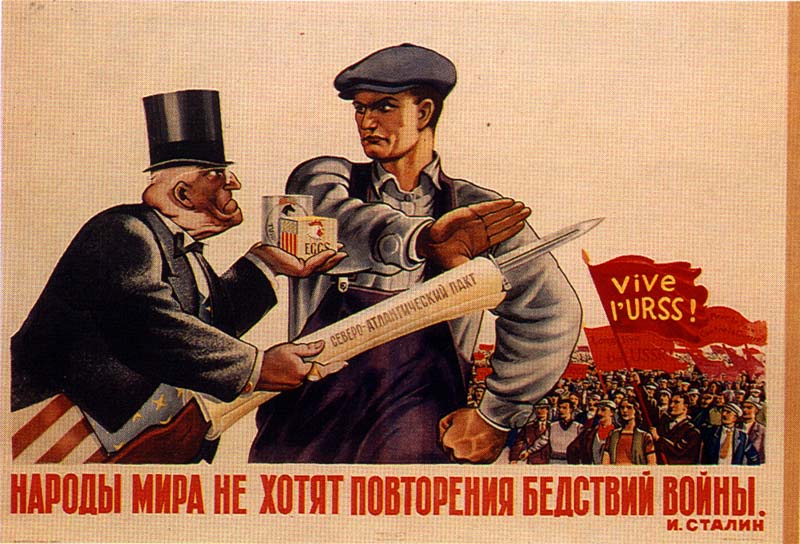I’ve always found it interesting to study propaganda posters
and imagines when they have been presented in my history classes. I’m sure we
can all recognize the famous American propaganda images from World War II.
Most would agree that these images may seem a little over
the top or ridiculous; particularly the poster on the right in that it’s wildly
racists. However, these type of images were produced with the goal of getting
Americans into the war effort. They were used to motivate, inspire, and
occasionally put fear into the hearts of a people. With images like these,
along with odd social incentives, Americans really did get into the war effort.
People saved rubber, children collected tin foil from abandoned cigarette
packs, and women went to work. Ultimately, the goal of the images worked. The
people themselves began to understand that there was an enemy that needed to be
feared and combatted against.
What’s interesting to consider is that American propaganda
is not unlike any other countries’ material. It may be unsavory to consider it,
but our methods of manipulation to gain support are not unlike the methods used
by the Nazi party and the Soviets. The supposed enemy is demonized, and hard
work and dedication to the war-effort is exemplified. Transnationally, the
methods seem to be identical. However, it is examples such as these that give
propaganda a negative connotation, when really it is simple a forward for of
rhetoric.
It’s a type of rhetoric that is seemingly used only in dire
times. Such blatant bias is rarely displayed in times of peace, political or
otherwise. To take a modern example, though it’s not on the same level as world
war propaganda, we’ve all seen propaganda-esqu posts on the Internet associated
with the SOPA/PIPA act, and now the ACTA proposition. Some people have even
changed their profile picture to something that references SOPA’s censorship.
It’s fair to say that these posts and images have the same intention of war
propaganda, and they are indeed propaganda. People opposed to SOPA/PIPA and
ACTA hope to gain support by developing harsh imagery usually associated with
censorship so people will support their cause, and oppose the legislation.
It is still interesting to consider that perhaps propaganda
is a “last resort” form of rhetoric to convince and indoctrinate people. Most
advertisers prefer to use less noticeable methods to sell their product or
idea.






If you're interested in propaganda posters, the Palmer museum on campus has an interesting collection of (mostly fascist) posters from WWII. Might be wroth a look--and it's free!
ReplyDelete